This article was co-authored by wikiHow staff writer, Eric McClure. Eric McClure is an editing fellow at wikiHow where he has been editing, researching, and creating content since 2019. A former educator and poet, his work has appeared in Carcinogenic Poetry, Shot Glass Journal, Prairie Margins, and The Rusty Nail. His digital chapbook, The Internet, was also published in TL;DR Magazine. He was the winner of the Paul Carroll award for outstanding achievement in creative writing in 2014, and he was a featured reader at the Poetry Foundation’s Open Door Reading Series in 2015. Eric holds a BA in English from the University of Illinois at Chicago, and an MEd in secondary education from DePaul University.
This article has been viewed 710,394 times.
Learn more...
A protective cup is a hard shell that is inserted into a jock strap or compression shorts to protect the male reproductive system while playing physical sports. Some men believe that they don’t need to wear a protective cup when playing or competing, but the reality is that a protective cup is a necessary precaution if you want to protect yourself from the risk of permanent damage. Determine the size of cup that you need based on your waist line, and get a jock strap or pair of compression shorts based on your personal preference. Even if it feels kind of awkward to wear a cup at first, don’t worry. You’ll get used to it as you keep wearing it!
Steps
Choosing a Cup that Fits
-
1Measure your waist or check the tag on a pair of pants that fit. To figure out your waist size, take a measuring tape and wrap it around your hips where you wear your pants. Wrap your measuring tape with the end under your belly button and pull the rest of the tape tight around your body. Keep it parallel to the floor and read the number where the two lengths overlap to get your waist size. You can also check a pair of pants that fit you well and simply read the tag.[1]
- It doesn’t matter if you’re off by a little bit. Cups are sized to fit a range of waistlines.
- You can actually do this while wearing your shirt if you want. Jock straps and compression shorts are typically worn over underwear, so the extra fabric won’t change anything.
-
2Select your cup based on your waist size. Go to an athletic or sporting goods store. Look for a cup that corresponds with your waist size. If they don’t list the waist sizes on the packaging, use the general sizing recommendations to get a size that will fit you.
- As an additional guideline, pee wee sizes are usually for boys aged 5-7, youth sizes typically fit boys aged 8-12, teen sizes are for boys aged 13-17, and adult sizes are for men 18 and older.
- If you’re an adult with a waistline smaller than 28 in (71 cm), start with a teen’s medium.
- Children older than 5 should wear a protective cup if they’re engaged in contact or physical sports.
General Sizes
19–22 in (48–56 cm) – Extra Small/Pee Wee
22–28 in (56–71 cm) – Small/Youth
28–30 in (71–76 cm) – Medium/Teen
30–36 in (76–91 cm) – Large/Adult
36–46 in (91–117 cm) – Extra Large/Adult
Advertisement -
3Choose a shape that you think will be comfortable for you. Cups have a few different shapes, but they aren’t really radically different. One style is shaped more like a crescent moon, while the other common design is a little more form-fitting. Every style of cup will provide the same level of protection so long as it fits right and covers your entire genitalia. Choose a design that looks and feels comfortable to you.[2]
- You won’t be able to try a cup on over your underwear before buying it, but you can try it on over your shorts in the store.
- You can always go back and get another one if you don’t like the style you’ve picked. Cups aren’t particularly expensive.
-
4Pick a model with a thicker gel lining if you have sensitive skin. The edge of a protective cup has a gel lining so that the edges don’t chafe your skin. If you have sensitive skin, get a cup with a thicker gel lining. This will ensure that the cup doesn’t cause you skin irritation while you’re wearing it.[3]
- There are foam cups that use a softer material than the traditional hard-shelled plastic. These cups are a great option for children, but don’t offer as much protection.
- Some cups are machine-washable. If you want an easier time cleaning your cup, read the label carefully to see if it can be cleaned in a washing machine.
Selecting a Supporter
-
1Get a jock strap for a basic setup. The jock strap is the most common supporter for a cup. It has a pouch for the cup and 2 elastic bands that wrap around your legs. Jock straps usually come in small, medium, and large, and they’re extremely elastic. Select a jock strap that will fit firmly around your waist. The waist size ranges will be listed on the packaging.[4]
- Jock straps tend to be cheaper than compression shorts.
- Don’t use a jock strap that doesn’t hug your waist firmly. You don’t want it falling down as you’re running.
- If you’re getting a cup for hockey, get a hockey jock. It’s a special type of jock strap designed to fit into hockey pants.
- Jock straps are great choices for sports where you run or turn a lot because they don’t tend to fall down. Almost every kind of player can wear a jock strap, including baseball, basketball, rugby, lacrosse, and football players. They tend to be a little uncomfortable if you’re sitting down a lot though.
-
2Opt for compression shorts if you don’t like the feeling of the elastic bands. Compression shorts are a good alternative if you don’t like jock straps. Compression shorts are basically tight-fitting boxer briefs with a slot for a protective cup in the front. Get a pair of compression shorts that list your waistline’s measurement on the packaging. They should hug your thighs and waist firmly, but shouldn’t be so tight that they cut off circulation.[5]
- If you have sensitive skin in your inner thighs, opt for compression shorts—they feel like tight boxer shorts and are less likely to cause chafing.
- Compression shorts are great for sports that involve a lot of running, like basketball, baseball, or football. They’re also excellent for biking. They may fall down if you twist and turn a lot though depending on the shape of your body.
-
3Select impact shorts if you want some additional protection. Impact shorts are like compression shorts, except they have foam padding around the thighs, tailbone, and sides to soften any blows or falls. They’re popular amongst snowboarders and skaters because they keep bad falls from seriously damaging your hips or legs. Select impact shorts if you won’t have any padding around your hips and thighs and need some additional support.[6]
- Impact shorts are often called padded shorts or snowboarder shorts.
- Impact shorts are great for snowboarding, rugby, skating, or boxing, but they’re not great for sports that already have padded uniforms, like football. You also may not like the way they feel if you have to run a lot, which makes them poor choices for sports like baseball or basketball.
Wearing Your Cup
-
1Slide the cup down into the opening in the middle of the strap or shorts. Locate the seam on the inside of your shorts or strap. It will be located on the front, near the top of the waist. Use 2 fingers on your nondominant hand to open the slot. Slide the cup down through the opening until it’s fitted in the bottom of the pocket.[7]
- The gel lining may make it kind of difficult to push it all the way down. Wiggle the cup back and forth until it slides all the way down if it sticks.
-
2Put a jock strap on by sliding your legs through the elastic bands. With your underwear on, spread the elastic band out and slide your right leg through the band and the hoop on the right. Slide your left leg through the band the hoop on the left. Pull the waistband up and let the elastic bands slide up your legs. Once the waistband is on your waistline, reach behind your thighs and adjust the elastic bands until they’re comfortable.[8]
- If you’re new to wearing a cup, you’ll probably feel more comfortable if you’re wearing boxer shorts underneath.
-
3Pull compression shorts all the way up like you’re putting boxers on. With your underwear on, slide your right leg through the hole on the right. Put your left leg through the hole on your left. Pull the compression shorts up to your waistline so that they’re comfortable.[9]
- If you really want to, you can wear compression shorts without your underwear. Most people wear underwear though.
-
4Adjust the cup so that your genitals are protected. Adjust your cup so that you’re comfortable and protected. Your genitals need to be entirely covered by the cup, and the bottom of the cup should rest 1–2 inches (2.5–5.1 cm) underneath your testicles. Move the cup as needed until it’s comfortable.[10]
Tip: If you’re putting your cup on in a locker room, don’t feel embarrassed. They’re a normal part of playing competitive sports, and if your classmates or teammates aren’t wearing them, they’re being foolish.
-
5Take a few steps and do some lunges to see if it’s comfortable. Once you’ve got your strap or shorts on, take a few steps back and forth. Raise your knees up to your waist to see how it feels. Do a few lunges or squats to get used to the feeling of the cup. Make any adjustments as needed based on how comfortable you are.[11]
- If you find your cup pinching your skin when you’re wearing it, move up a size.
-
6Wash your strap or shorts and clean your cup after every use. You can wash your strap or shorts with your normal laundry. Both the jock strap and the compression shorts will absorb sweat, so don’t wear your jock strap or compression shorts for multiple days in a row without washing them. Clean the athletic cup with hot water and a sponge loaded with antibacterial soap. Let it air dry after washing it.[12]
Community Q&A
-
QuestionDoes penis size affect which cup size I should wear?
 Community AnswerOf course! Your penis and testicles must fit inside the cup.
Community AnswerOf course! Your penis and testicles must fit inside the cup. -
QuestionShould I dispose of the cup when I throw out a used jockstrap, or can I reuse it?
 Community AnswerIf it still fits your genitals, then you can certainly use the old cup with a new jockstrap if you'd prefer.
Community AnswerIf it still fits your genitals, then you can certainly use the old cup with a new jockstrap if you'd prefer. -
QuestionThere is no way I can fit everything in any of the cups I have used. Do they make bigger cups?
 Community AnswerI appreciate that Dick's Sports sells an XL cup. You usually have to order them online.
Community AnswerI appreciate that Dick's Sports sells an XL cup. You usually have to order them online.
Warnings
- Never play a physical sport without wearing a protective cup. You’ll risk doing serious damage to your reproductive system if something goes wrong while you’re playing.⧼thumbs_response⧽
References
- ↑ https://www.nhs.uk/common-health-questions/lifestyle/why-is-my-waist-size-important/
- ↑ https://www.urologyhealth.org/patient-magazine/magazine-archives/2014/spring-2014/ask-a-urologist-athletic-cups-and-supporters
- ↑ https://www.urologyhealth.org/patient-magazine/magazine-archives/2014/spring-2014/ask-a-urologist-athletic-cups-and-supporters
- ↑ https://www.sportsrec.com/111805-different-styles-athletic-supporters.html
- ↑ https://www.sportsrec.com/111805-different-styles-athletic-supporters.html
- ↑ http://snomie.com/padded-shorts-work-choose-pair/
- ↑ https://www.urologyhealth.org/patient-magazine/magazine-archives/2014/spring-2014/ask-a-urologist-athletic-cups-and-supporters
- ↑ https://www.sportsrec.com/5785067/how-to-put-on-a-sports-protective-cup
- ↑ https://www.sportsrec.com/5785067/how-to-put-on-a-sports-protective-cup

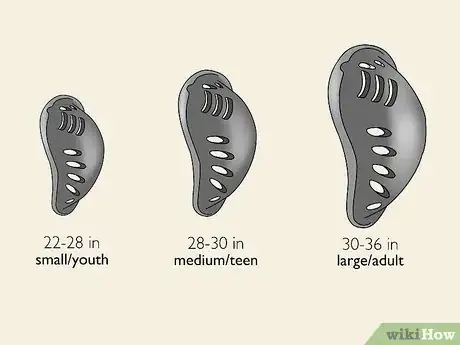






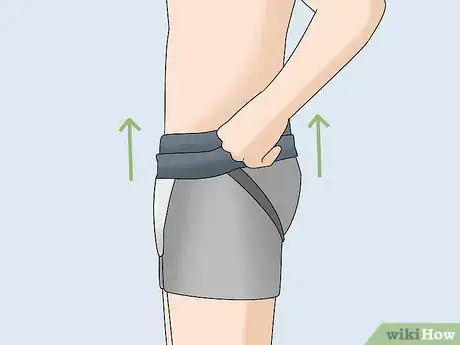

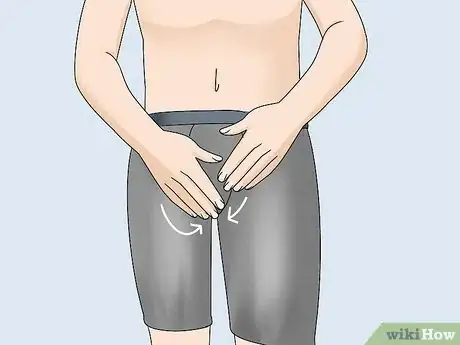



-Step-12.webp)
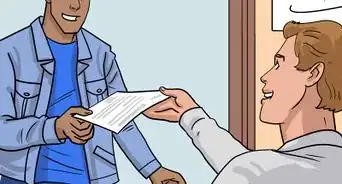



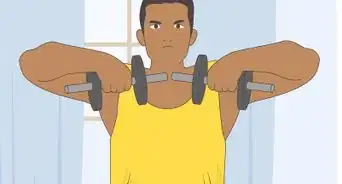
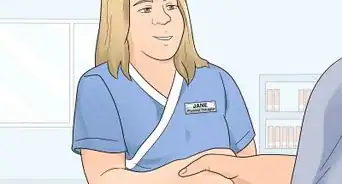
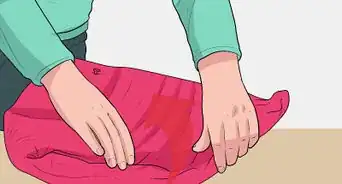
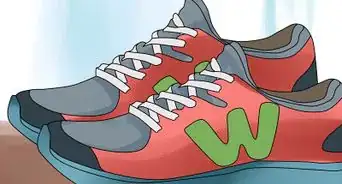
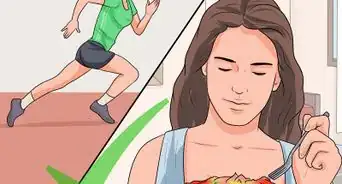









-Step-12.webp)




































